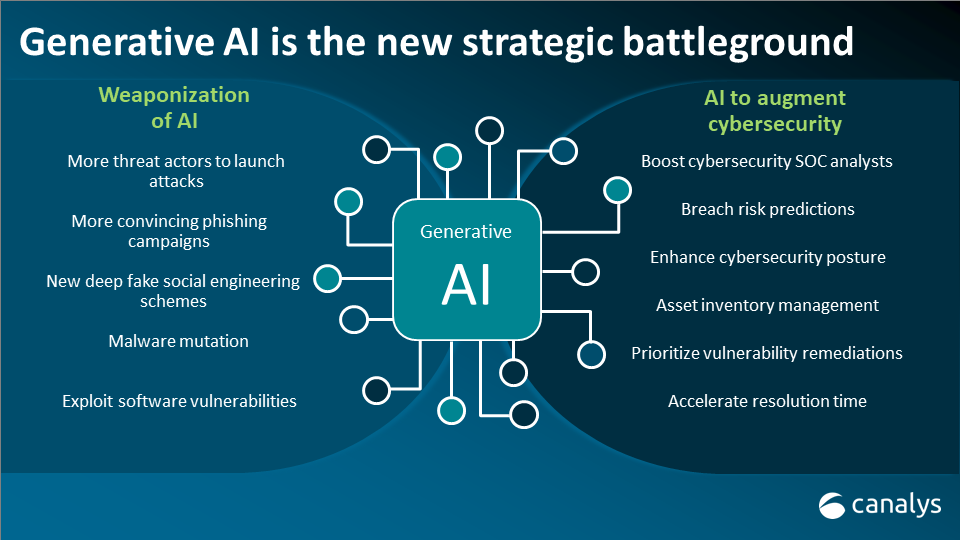How To Protect Your Art From Big AI – True Grit Texture Supply
Unfortunately, when it comes to training generative AI models on existing art, many have adopted an “it's better to ask for forgiveness than permission” approach. The copyright laws we have in place to protect artists were not written to deal effectively with concepts such as generative AI, data mining, or machine learning, and the laws and regulations in this area are lagging far behind the pace at which the technology has developed. With AI now making it possible to generate an image or mimic a specific artist’s exact style with the click of a button and simple text-based prompt, many creatives are justifiably feeling more than a little concerned.
There are however some tips and tools you can use to make it harder for AI companies to use your work for AI training purposes. But before we dive into what’s possible (and not possible) protection-wise, let's start with a little more context. Below is a summary of tips and tools currently available to protect your work from AI. This is not an exhaustive list, but we have tried our best to cover the main methods and platforms. A heads up – bar deleting everything and going offline completely, there is no method which provides 100% protection. Our aim is to provide you with a starting point to implement at least some protection until longer-term solutions, such as AI specific laws and regulations, are put in place.
Glaze and Nightshade

So it appears this one doesn’t actually require an “opt-out”, but given the recent controversy and high number of artists and illustrators who rely on Adobe’s programs, we thought it was worth covering. Glaze and Nightshade are anti-AI tools developed at the University Of Chicago as part of The Glaze Project. These apps make calculated changes to pixels within an image, essentially creating a “cloak” that distorts the way AI sees and processes it.
This article has a handy scroll-over feature which shows cloaked vs original artwork. The Glaze Project has warned that these are not permanent solutions against AI mimicry. Glaze offers excellent protection from "style imitation" by making subtle changes to images that (depending on your artwork and settings) are undetectable to the naked eye. Example Illustration by Sebastian Cestaro. Mist is another artwork cloaking tool developed by Psyker Team that poisons AI systems so that they cannot effectively imitate an artist's signature style.
“IT IS ALWAYS POSSIBLE FOR TECHNIQUES THAT ARE CURRENTLY EFFECTIVE TO BE OVERCOME BY A FUTURE ALGORITHM, POSSIBLY RENDERING PREVIOUSLY PROTECTED ART VULNERABLE. THE HOPE IS THAT TOOLS LIKE GLAZE AND NIGHTSHADE WILL PROVIDE SOME PROTECTION TO ARTISTS UNTIL LONGER-TERM LEGAL OR REGULATORY SOLUTIONS ARE ESTABLISHED”. It is worth adding a “No AI Training” notice or clause to your website and contracts, which states that any use of your work to train generative AI modules is prohibited. The Author's Guild recently released a sample clause to this effect (it is written with writers in mind, however something similar could be adapted for use by artists).
Join or Support an Industry Group
One of the best things you can do to protect the future of human creativity is to join or support an industry group that actively advocates for artists' rights. Most are based in Europe and the US but membership is open to artists from all over the world and comes with huge benefits. Now, with all that said, our intention is not to fear-monger or make people feel like they need to put all their time and energy into glazing their works or becoming web-coding experts in an effort to avoid all AI scraping. We’re sharing this information as we believe it’s important to stay informed and know what your options are, so you can do what’s practicable for you. Optimistically, we do believe that artists and illustrators will make it out the other end of this. Art isn’t dead, and there will always be a demand for great work made by real-life humans.





















